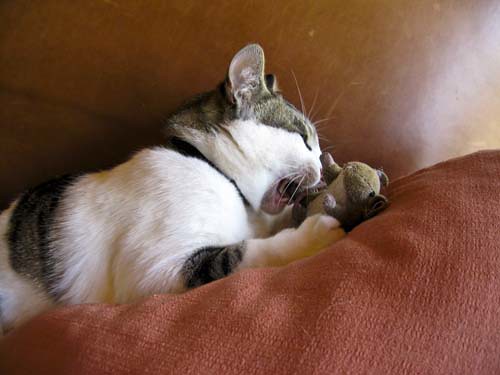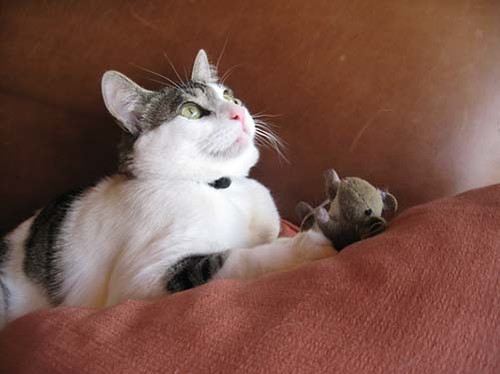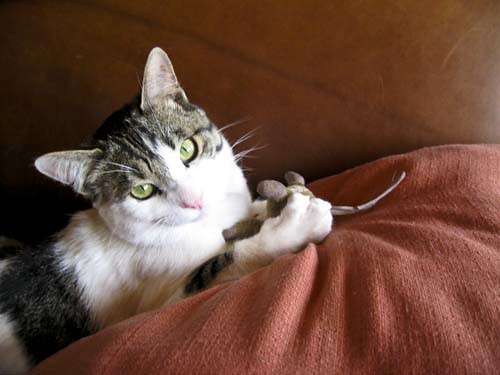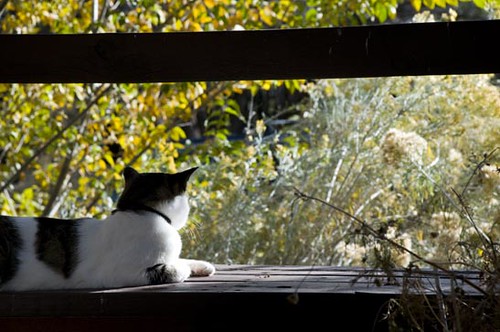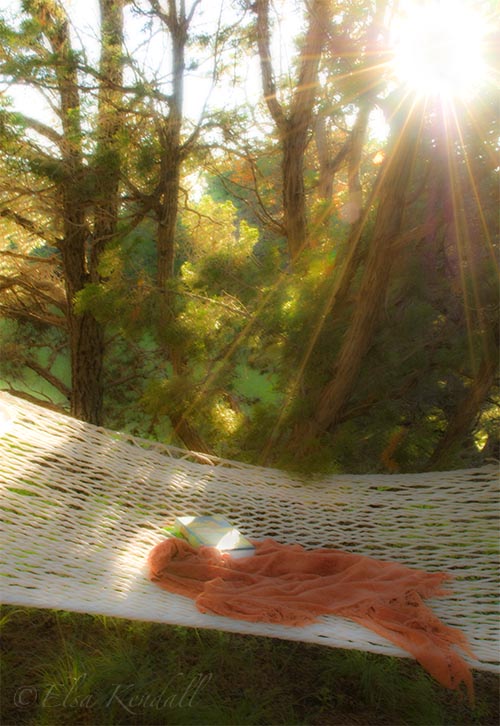
Season of mists and mello fruitfulness,
Close bosom-friend of the maturing sun;
Conspiring with him how to load and bless
With fruit the vines that round the thatch-eaves run;
To bend with apples the moss'd cottage-trees;
And fill all fruit with ripeness to the core;
To swell the gourd, and plump the hazel shells
With a sweet kernel; to set budding more,
And still more, later flowers for the bees,
Until they think warm days will never cease,
For Summer has o'er-brimm'd their clammy cells.
Who hath not seen thee oft amid thy store?
Sometimes whoever seeks abroad may find
Thee sitting careless on a granary floor,
Thy hair soft-lifted by the winnowing wind;
Or on a half-reap'd furrow sound asleep,
Drowsed with the fume of poppies, while thy hook
Spares the next swath and all its twined flowers:
And sometimes like a gleaner thou dost keep
Steady thy laden head across a brook;
Or by a cider-press, with patient look,
Thou watchest the last oozings, hours by hours.
—John Keats, Ode to Autumn
These are the first two verses from one of my favorite poems. I learned it in school as a young teenager in England; sounded to my ears for the first time by Mr. Evans, my baritone English teacher who happened to be Welsh. There are not too many I remember but Keats was one of my favorites. He lived for a brief time in the literature paradise of Hampstead Heath which is not too far from the county in which I grew up, Hertfordshire. Last summer I visited Keats's house on the heath. He was of very modest means and rented it for a time before his tuberculosis became so acute he moved to Rome for the warmer, dryer climate. A few years ago I had seen the home he occupied there, above the Spanish steps of the Piazza di Spagna, which contained one of the tiniest and most lovely shops I'd ever seen, selling just gloves. Luscious.
I found this poem in an old letterpress dual-volume I bought here in Santa Fe. Inside the front cover lays a book label with a crest which reads in Spanish, Honor is my guide. The name on the crest is Frederic Perry Lousada of Her Majesty's 84th Regiment, which seemed to have been formed from the Royal Highland Immigrants' regiment during the war between the British and the Colonials in 1775; and was known as the 84 Regiment on Foot. Through additional searching I see Lousada may have lived circa 1858, not forty years after John Keats' passing. This book was published in 1904, so perhaps he enjoyed it as a retired gentleman soldier. How the books came to be in Santa Fe remains a mystery.
Time to collect the seeds and put away the hammock~

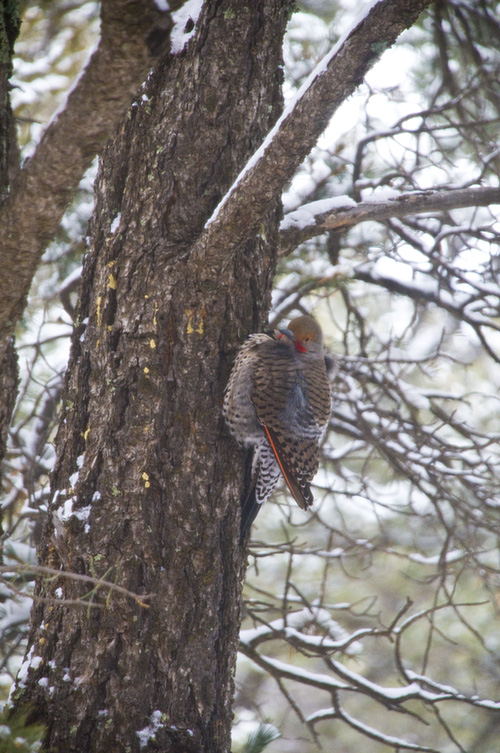
 Male (with red "moustache") Great Northern Red FlickerI was passing by the north side of the house and caught sight of this little guy through the screened window. It is so rare for me to see them "sitting", but this young male (it seems to me he is) Red Flicker was just hanging out endeavoring to stay warm. He was all puffed up and stopping for a bit before he began to tip some snow flakes into his beak for a drink.
Male (with red "moustache") Great Northern Red FlickerI was passing by the north side of the house and caught sight of this little guy through the screened window. It is so rare for me to see them "sitting", but this young male (it seems to me he is) Red Flicker was just hanging out endeavoring to stay warm. He was all puffed up and stopping for a bit before he began to tip some snow flakes into his beak for a drink. 


